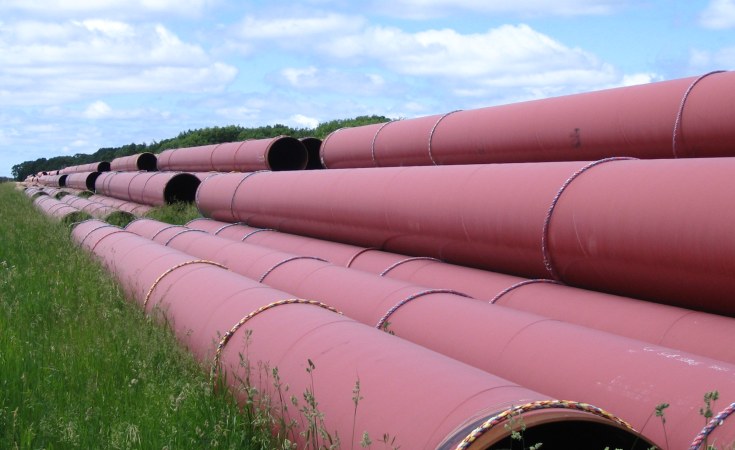As Uganda embarks on the ambitious East African Crude Oil Pipeline (EACOP) project, stretching over 1,400 kilometers from Kabaale in Hoima to the port of Tanga in Tanzania, it is crucial to weigh the implications of employing advanced technologies such as artificial intelligence (AI) in this venture.
The deployment of AI for real-time monitoring of the pipeline, as confirmed by the Petroleum Authority of Uganda and the EACOP project operator, is a forward-thinking step but also raises pertinent questions that need addressing.
The use of AI in monitoring the pipeline is a commendable approach to ensuring safety and efficiency. The ability to detect leakages or tampering in real time is not just about maintaining the pipeline's integrity; it's about proactive environmental protection and loss prevention.
As Martin Tiffen, managing director of EACOP Ltd, points out, the state-of-the-art design, including a fiber optic cable, is set to mitigate risks effectively.
This technology is particularly significant for Uganda's waxy oil, which requires consistent heating to maintain its flow. However, this technological leap does not come without its concerns. The project, costing about $4 billion, has already drawn scrutiny over environmental and human rights implications.
The AI system's effectiveness in protecting the rich biodiversity along the pipeline's route remains a subject for close monitoring. Joseph Mukasa, the environmental specialist at EACOP, has emphasized adherence to environmental guidelines, but the long-term ecological impact, especially in sensitive areas like wetlands, remains a crucial concern.
It's vital for the EACOP project stakeholders to maintain transparency with the local communities and environmental groups. Regular updates and open forums for discussions can foster trust and allow for a collective approach to environmental stewardship.
While the AI system will monitor the pipeline, independent environmental monitoring by local and international bodies should be encouraged to provide unbiased assessments of the project's environmental impact. Despite the advanced technology, EACOP must have robust emergency response plans in place for any unforeseen environmental crises.
This includes rapid response teams and clear protocols to minimize damage in case of leakages or spills. Continuous environmental impact studies should be conducted throughout the pipeline's operational phase, with the results made public for scrutiny and policy formulation.
Investing in local capacity for managing and monitoring the pipeline is crucial. This includes training local engineers and environmental scientists in AI and pipeline management, thus building a knowledgeable workforce for the future. As the first sections of the pipe are set to be laid, the EACOP project stands at the crossroads of technological advancement and environmental responsibility.
While it promises to revolutionize the region's oil and gas sector, it must not lose sight of the ecological footprint it bears. The balance between harnessing natural resources and preserving our environment for future generations remains a paramount consideration for Uganda and the East African Community at large.


